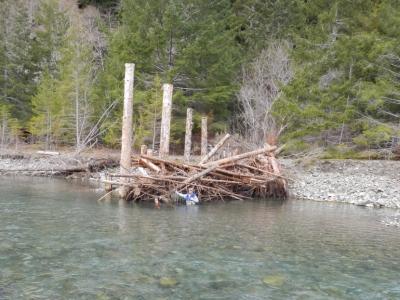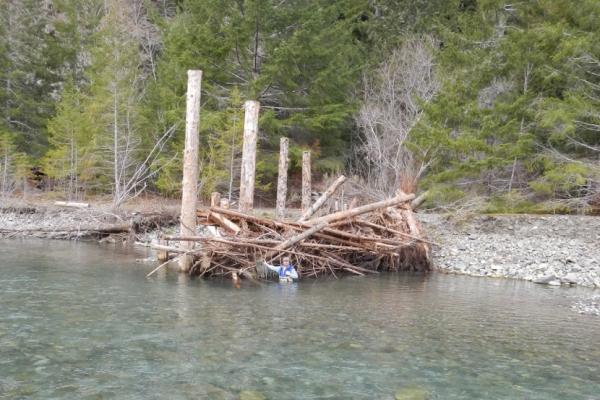15 Years of Salmonid Habitat Restoration in Lower Klamath Tributaries
Tour Coordinators:
Rocco Fiori, Fiori GeoSciences
Sarah Beesley, Yurok Tribe
The lower Klamath River field tour will focus on restoring complexity and resiliency to instream and off-channel habitats to support self-maintaining salmonid populations. The Yurok Tribal Fisheries Program and its restoration partners have been using a bio-geomorphic approach that promotes the geomorphic processes necessary to form and maintain productive instream and off-channel habitat features. These techniques include: i) excavations that mimic or enhance naturally occurring valley landforms such as side-channels, alcoves, remnant oxbows and wetlands; ii) use of constructed log jams to provide cover, promote pool scour, sediment sorting and metering, and induce favorable hydraulics and connectivity to off- channel features; iii) constructed infiltration galleries and sediment weirs to facilitate surface and ground water exchange to limit sediment intrusion and enrich dissolved oxygen levels in constructed off-channel features; and iv) bioengineering that integrates the use of willow and other riparian plants to add root cohesion, hydraulic roughness and vertical and horizontal vegetative structure and diversity to the site. On-going monitoring indicates that natal and non-natal juvenile and adult fish utilize these habitats as soon as they are available. Case examples from different hydro-geomorphic settings will be presented that illustrate design considerations and constraints and provide associated biological and physical monitoring results.



